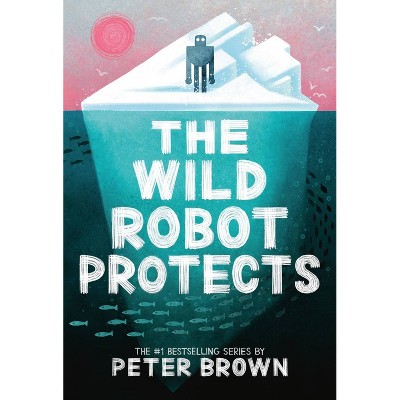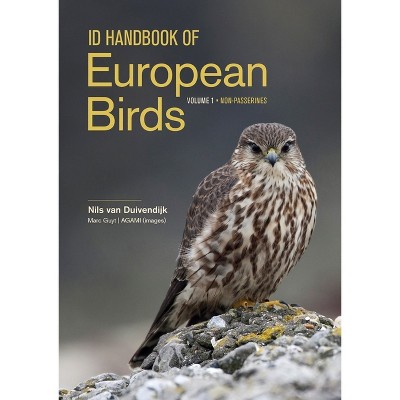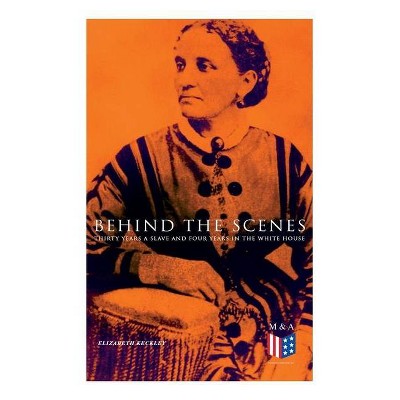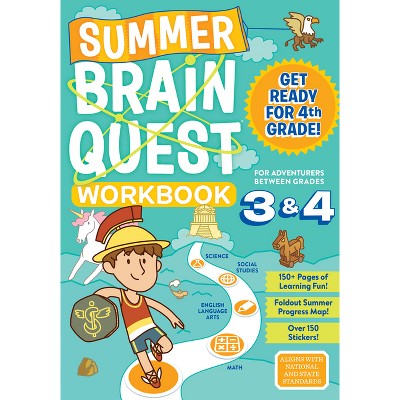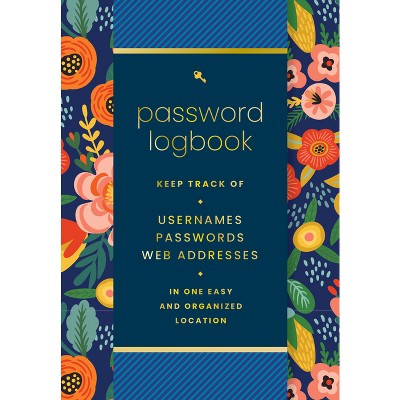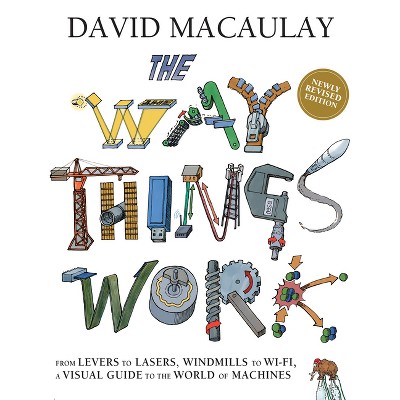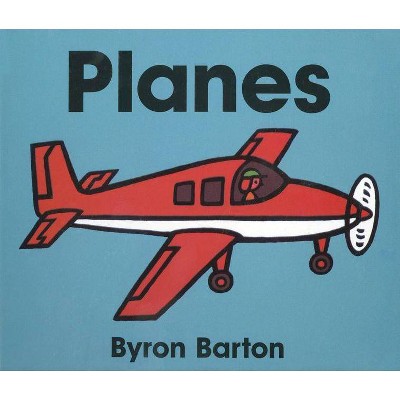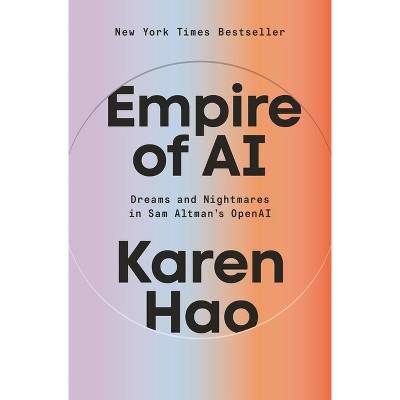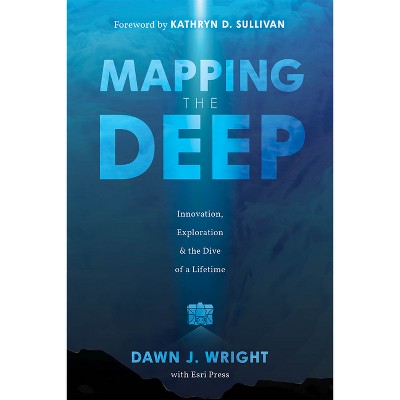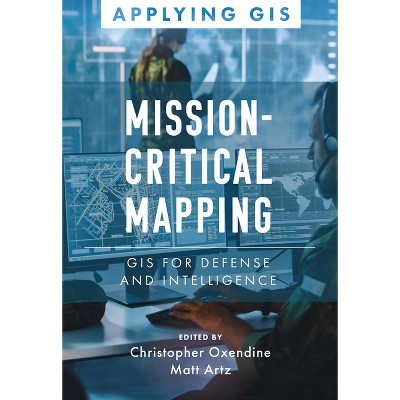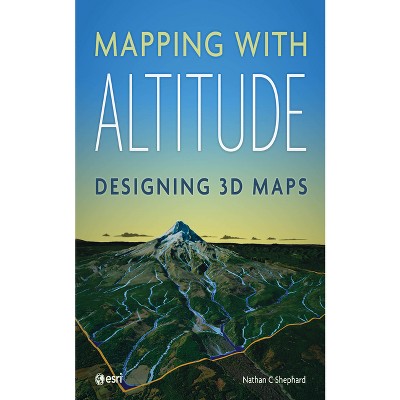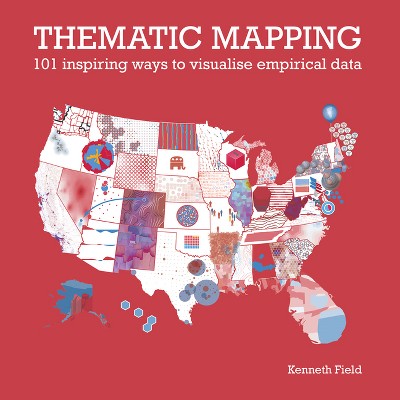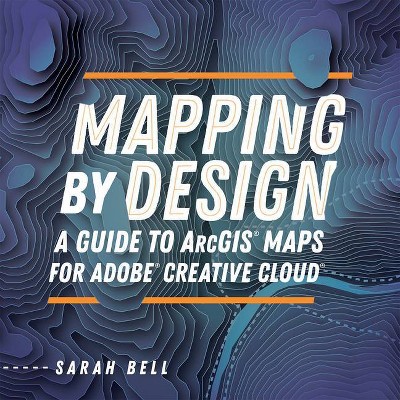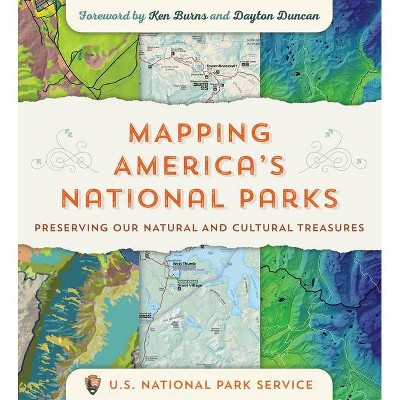Sponsored

Tactile Mapping - by Vincent Van Altena & Jakub Wabiń & ski
In Stock
Sponsored
About this item
Highlights
- A collaboration by skilled professionals, domain experts, and people with visual impairments, Tactile Mapping offers fresh insights into map design to make maps more accessible for people with visual impairments.
- Author(s): Vincent Van Altena & Jakub Wabiń & ski
- 274 Pages
- Technology, Cartography
Description
About the Book
A collaboration by skilled professionals, domain experts, and people with visual impairments, Tactile Mapping offers fresh insights into map design to make maps more accessible for people with visual impairments.
Book Synopsis
A collaboration by skilled professionals, domain experts, and people with visual impairments, Tactile Mapping offers fresh insights into map design to make maps more accessible for people with visual impairments.
From the Back Cover
Unaware of the nuances of a landscape, changes in elevation, or the presence of nearby bodies of water, people with visual impairments often need maps to tell them more. The lack of a geographic overview not only hinders exploration of unfamiliar neighborhoods but can also impede a geospatial understanding of local, regional, and international phenomena. Tactile Mapping: Cartography for People with Visual Impairments aims to bring together the research on cartography, mapmakers, and tactile map users by exploring the subject from a multidisciplinary perspective.
A collaboration by skilled professionals, domain experts, and people with visual impairments, Tactile Mapping offers fresh insights from three perspectives: user experience, scientific research, and practical implementation. Through this collection, cartographers and other geographic practitioners can delve into the foundations and methods of presenting geographic information for greater accessibility.
Dr. Vincent van Altena, Senior Researcher at Kadaster (the Netherlands), is a geospatial expert with a background in theology and GIS. He leads the Dutch initiative on tactile mapping and is co-chair of the International Cartographic Association (ICA) Working Group on Inclusive Cartography. In his free time, Vincent enjoys music and cooking.
Dr. Jakub Wabiński, Assistant Professor at the Military University of Technology in Warsaw, Poland, is a co-chair of the ICA Working Group on Inclusive Cartography. Jakub, whose research focuses on tactile map design, has a background in geospatial engineering and a passion for novel geovisualization methods. In his free time, Jakub enjoys board games and exploring the outdoors.
Shipping details
Return details
Frequently bought together
